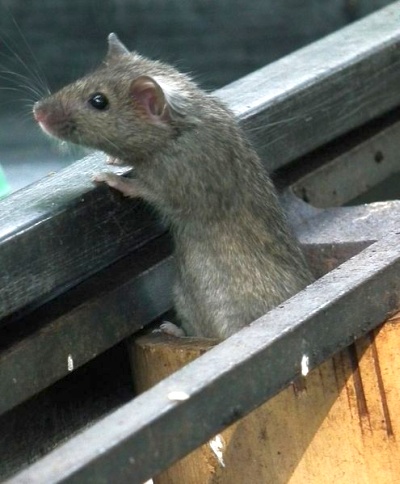
We’re used to top predators eating small prey but the world is far more complicated than Big Eats Little. Small things can weaken a predator or bring it down.
Harvestmen (Opiliones), also called daddy long-legs, are omnivorous ‘bugs’ distantly related to spiders. They are harmless to humans but can be dangerous to small insects. However they can be weakened by even tinier parasites.
See those two red dots on the harvestman’s legs? They are parasitic mites sucking the harvestmen’s “blood.” Bugguide.net identifies them as a species of Leptus (family Erythraeidae) whose larvae parasitize North American harvestmen.
Just two mites are probably not a problem but a large infestation on the body weakens the harvestman. If seeing bugs-on-bugs doesn’t bother you, click here for an example.
Harvestmen clean their legs by drawing them through their jaws so it’s a wonder the mites remain in place. Obviously there’s been a long mutual evolution of cleaning and clinging that brought these two species to where they are today.
No matter how small the predator, there’s always something smaller to oppress it.
(photo by Kate St. John)


